Why is China’s response to the pandemic unlikely to happen elsewhere?
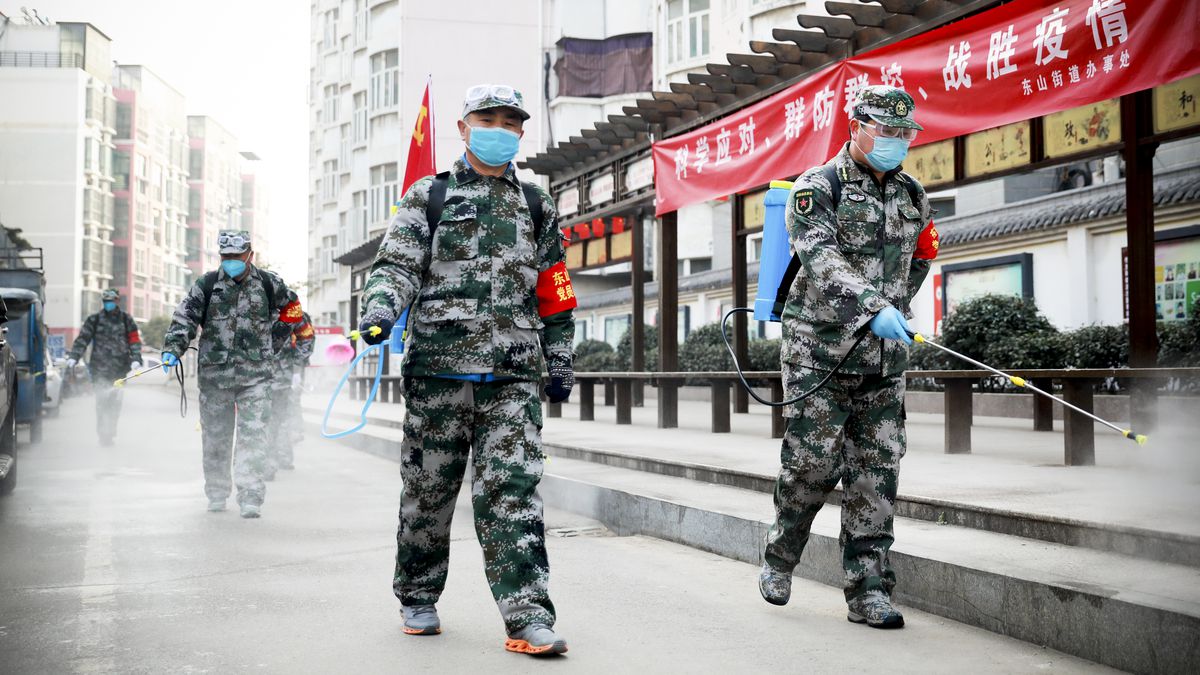
A few minutes every morning is all you need.
Stay up to date on the world's Headlines and Human Stories. It's fun, it's factual, it's fluff-free.
After being the original epicenter of the coronavirus pandemic, China appears to now have the outbreak under control.
In a remarkable turnaround, the country has gone from reporting thousands of cases per day to easing restrictions in even the worst-hit areas.
The perception of how China responded to the virus has also changed. When the Chinese government imposed the largest quarantine in human history, some critics called it draconian and “Mao style”. But there is now a growing consensus that the measures helped to stop the virus from spreading further.
However, alongside that recognition, China has faced criticism that alleges the disappearance of whistleblowers, the deflation of case numbers and attempted cover-ups.
As the outbreak slows in China but explodes elsewhere, the effectiveness of the Chinese response is being compared to containment efforts in other countries.
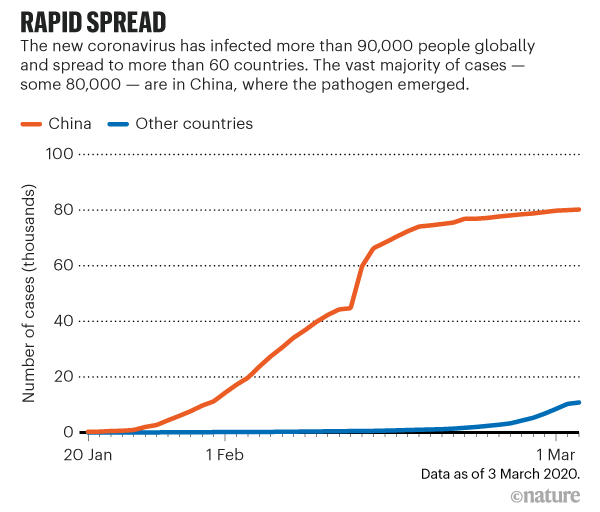
Although China was the first country to introduce drastic restrictions on ordinary life after the coronavirus outbreak, many others have followed suit.
However, China has a society, government and structure that allows for the implementation of drastic containment measures of a form that would likely be considered non-starters in Western democracies. As a result, the outcomes of their lockdowns can’t be compared.
This is what China did differently.
State-owned and private resources
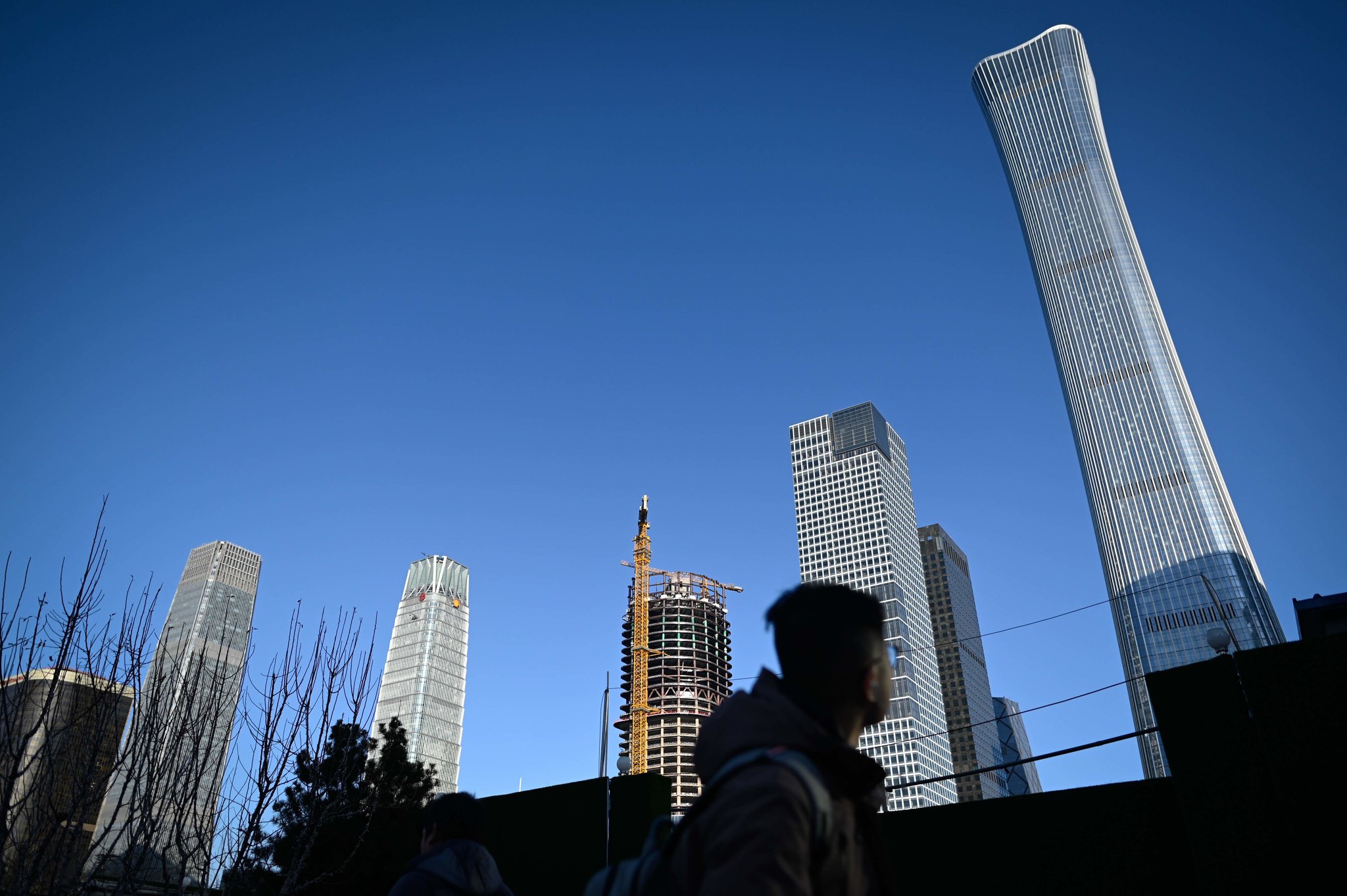
Through state-owned enterprises, China has a massive amount of resources to use in its fight against coronavirus. The Chinese state owns over 300,000 firms in industries ranging from finance to industry.
Furthermore, while there is an increasing number of firms being cut from direct state control, according to a 2019 World Bank report, the consolidation of state owned assets and profits have reached record highs.
In the report, the contribution of state owned enterprises (SOE) to the economy’s GDP ranged from 23 to 28 percent and their employment share was anywhere from 5 to 16 percent.
Furthermore, a recent regulation further cemented Communist Party control of state-owned enterprises. The regulation stipulates that a state firm must “execute the will of the party.”
President Xi Jinping made use of this control during the height of the outbreak. He ordered state-owned companies to step up “unconditionally, and at any price.”
Following the president’s orders, Chinese state-controlled firms coalesced their resources to aid Wuhan, the Chinese city experiencing the worst outbreak. 20,000 workers from China State Development Engineering Corp, alongside thousands more from other state enterprises, built a 1,000-bed hospital in about 10 days. But their assistance didn’t stop at the construction of temporary hospitals.
According to reports, about 95% of the 20,000 industrial firms owned by the Chinese state started to produce medical supplies, such as face masks, personal protective equipment and medicines.
Government controlled firms also helped with the economic fallout.
State companies reduced electricity bills and lowered rent. State banks began offering low-cost loans, amounting to billions of dollars according to The Wall Street Journal.
Technology and data sharing
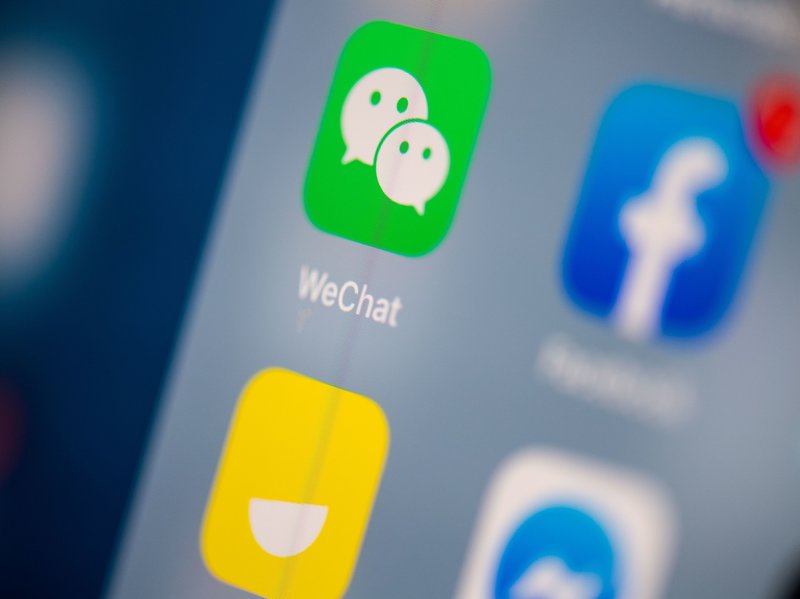
The government also used technology to stop the virus from spreading.
According to Time Magazine, China launched widespread efforts to trace infected people, and the government used its mass surveillance infrastructure to restrict people’s movements.
The Chinese government also worked with technology companies to create an app that gave people a rating based on their health and travel history. According to The New York Times, this analysis was then shared with police.
According to a Chinese citizen who spoke to The Millennial Source, the Chinese government’s monitored citizens’ mobile phones with the launch of the so-called “health code" by China’s Tencent and Alibaba.
Everyone was forced to register their names and addresses through apps such as WeChat and Alipay, and explain their whereabouts over the past 14 days. The parent companies of these large tech apps — in this case, Tencent and Ant Financial — are required to share user data with the Chinese government when requested.
If the system determines that the person is safe and there is no risk of infection, it will display a green QR Code on the phone, called a “green code," and if the system determines that the person is likely to be infected, a “yellow code" or “red code” will be appear on the phone. And when Chinese citizens enter or exit a community, shopping mall, or public place, they are required to show their “green code" on their mobile phones.
This “health code" shown by the individual at any entry point of a public place, including neighborhoods, shopping malls, office buildings, is also scanned by security. The security guard’s screen will show an ID number and a photo of the mobile phone holder in order for the guard to verify the individual’s identity.
The person’s identity as well as the current time and location is then recorded.
As a result, if another person who is currently in the same building is diagnosed three days later, the system can automatically compare that person’s whereabouts to everyone who was in those same locations at the same time and turn their health codes on their mobile devices to red, immediately preventing all relevant persons from going anywhere.
Speaking of just how efficiently this system had worked to lock the city down, a Chinese source told The Millennial Source, “I can’t even get out of the community where I live.”
While in the West, the prospect of governments using data to track the spread of the pandemic was met with concern, China’s government using data to regulate citizens’ lives was well-received, according to the Chinese citizen who spoke to The Millennial Source,
“In the eyes of many Chinese people, this is a strong performance of the Chinese government, and also proof that China’s technology is leading the world.”
Although critics said some measures violated human rights, Wuhan has reported far fewer coronavirus cases and has started to ease initial containment restrictions.
According to the United Nations, China’s “containment was effective” and showed that coronavirus could be “stopped in its tracks.”
Public Response
President Xi Jinping described the outbreak as a “people’s war.” In combating the coronavirus threat, Chinese law enforcement used methods usually reserved for times of conflict.
Wuhan saw the most severe methods enforced, including limiting the movement of residents and installing checkpoints at building entrances. Officials also went door to door to perform health checks, forcing anyone ill into isolation.
Elsewhere, in Jiangmen, footage showed police entering a Mahjong game room and smashing tables and equipment to break up a social gathering.
However, within communities people also banded together to keep one another safe from contracting the coronavirus.
According to a post on Quora by a user named Wu Hao, in one residential block, “Every household is required to report with unit number, number of people and whether their temperatures are normal” on a daily basis.
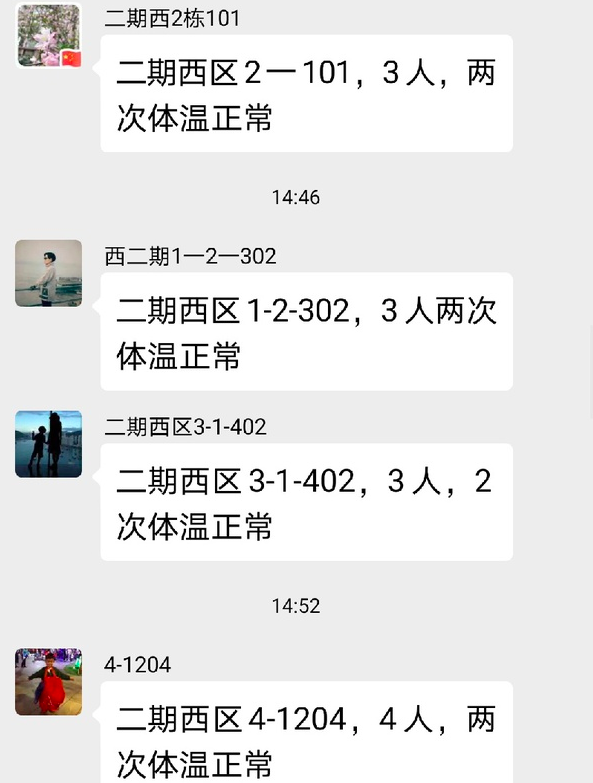
According to reports, hundreds of thousands of community volunteers helped with monitoring people’s health and movement.
“They stand guard at the gates of residential complexes, enforce quarantines and conduct temperature checks,” the report explained.
The community’s efforts were specifically mentioned and praised in a World Health Organization (WHO) report.
“Achieving China’s exceptional coverage with and adherence to these containment measures has only been possible due to the deep commitment of the Chinese people to collective action in the face of this common threat […] At the individual level, the Chinese people have reacted to this outbreak with courage and conviction,” read the report.
The report continued, stating that, “Much of the global community is not yet ready, in mindset and materially, to implement the measures that have been employed to contain COVID-19 in China.”
However, the report also labeled the containment measures adopted within the nation as “Extremely proactive surveillance to immediately detect cases, very rapid diagnosis and immediate case isolation, rigorous tracking and quarantine of close contacts, and an exceptionally high degree of population understanding and acceptance of these measures.”
This in contrast to the United Kingdom which, up until recently, had viral memes and gifs circulating of people reacting critically to the lockdown regulations. These regulations required Britons to stay home, allowing them to leave the house once a day for exercise.
In the United States, which now has the highest number of official coronavirus cases in the world, only last week a “coronavirus party” was reported to have taken place in the state of Kentucky that left one person infected, reported governor Andy Beshear.
The crowd of young adults intentionally got together “thinking they were invincible" and purposely defying state guidance to practice social distancing, Bashear said.
Appearing on NBC’s “Today” show, US Surgeon General Dr. Jerome Adams acknowledged that “the demography definitely seems to be very different in the United States versus in other countries that saw this hit earlier,” with New York state reporting that nearly 55% of their total cases were individuals between the ages of 18 and 49.
[article_ad]
Have a tip or story? Get in touch with our reporters here!


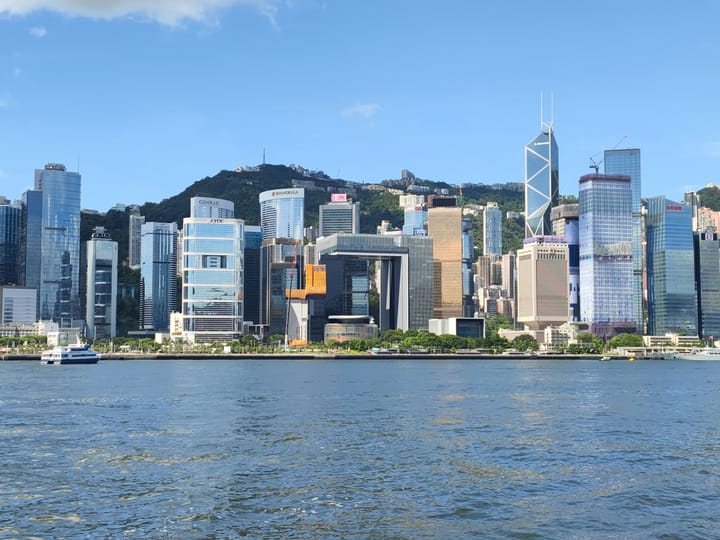
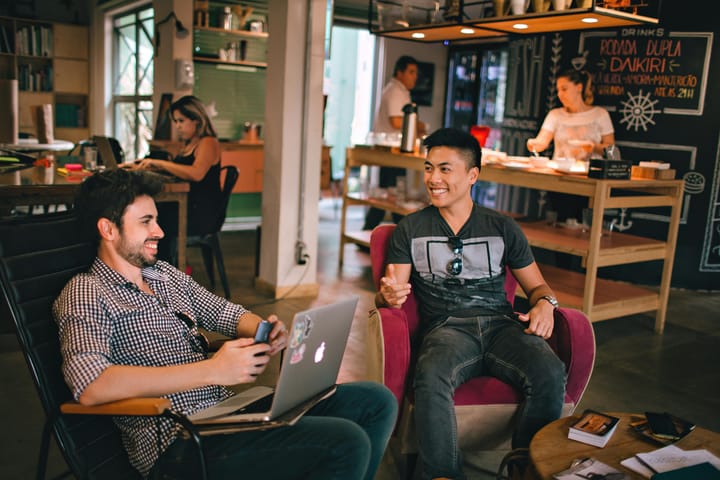
Comments ()